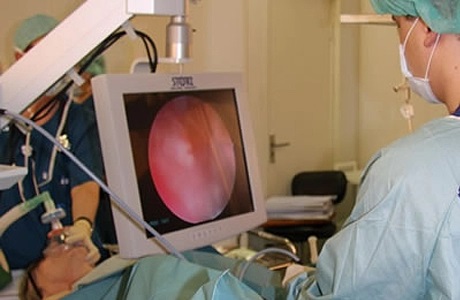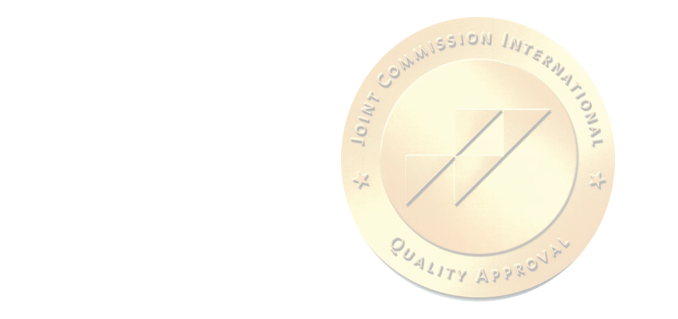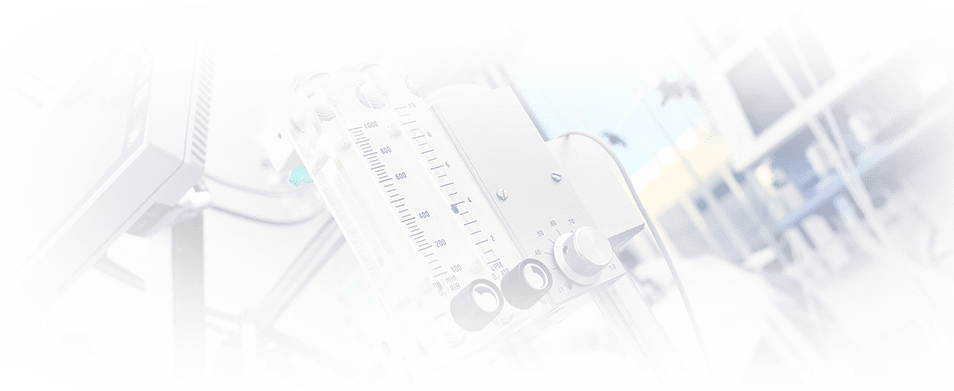Cystoscopy
 Cystoscopy is an examination technique of the inner area of the bladder with a special device. Such a device is an endoscope. It looks like a thin tube with a light and an optical system on it. The device is inserted into the urethra. The doctor examines the mucosal membranes. Cystoscopy with biopsy makes it possible to collect biological material for further investigation. During the procedure, the doctor can also dissect tissue, inject medication and remove tumours.
Cystoscopy is an examination technique of the inner area of the bladder with a special device. Such a device is an endoscope. It looks like a thin tube with a light and an optical system on it. The device is inserted into the urethra. The doctor examines the mucosal membranes. Cystoscopy with biopsy makes it possible to collect biological material for further investigation. During the procedure, the doctor can also dissect tissue, inject medication and remove tumours.
Indications
An urologist prescribes cystoscopy in the following cases:
- a chronic form of cystitis, with more frequent recurrences;
- suspicion of bladder stones;
- problems with urination (it cannot be diagnosed by other methods);
- urinary incontinence, blood in the urine;
- detection of atypical cells in a urine test;
- prolonged pain in the pelvis;
- intense bladder activity;
- suspicion of cystitis of a non-infectious type.
In addition, this procedure is carried out if it is necessary to clarify the data obtained during standard diagnostic methods (X-ray, CT, ultrasound), when there is suspicion of cancer processes in the urethra.
Contraindications
As for contraindications, cystoscopy should not be carried out if there are acute inflammatory processes of the mucosal layers of the urinary tracts, if the urethra, testicles and prostate diseases are acute, and also if there are fresh mechanical injuries in the urinary tract or bleeding (the cause is not identified). Improper urethral patency is also one of the contraindications.
Appointment
You can make an appointment to see any specialist at JSC "Medicina" (Academician Roytberg Clinic) on the website. Its interactive form allows you to select a doctor by specialty or search for any employee of any department by name and surname. Each doctor's schedule contains information about our opening days and hours available to patients.
The clinic's administrators are ready to make an appointment or a house call at +7 (495) 775-73-60.
Our convenient location in the Central Administrative District of Moscow (CAD) - the 2-nd Tverskoy-Yamskoy Lane, 10 - allows you to quickly get to the clinic from different underground stations "Mayakovskaya", "Novoslobodskaya", "Tverskaya", "Chekhovskaya" and "Belorusskaya".
Our doctors

General advantages
Cystoscopy is a multidisciplinary procedure, through which not only examinations but also therapeutic manipulations are carried out. For example, cystoscopy with biopsy collects material for analysis. Thanks to this, the diagnosis will be as accurate as possible and the treatment will be appropriate. It can also detect papillomas, polyps, ulcers, cancer, cysts, stones, tuberculosis, inflammatory processes and injuries.
During cystoscopy, the doctor can perform various therapeutic manipulations. Firstly, it is possible to remove a benign or malignant tumour in the bladder. Secondly, stones can be crushed and removed. Thirdly, strictures (constrictions) of the urinary tracts and ureteral orifices can be dissected. If necessary, the doctor removes an obstruction in the bladder, places ureteral catheters and stops bleeding. But all this can only be done after an ultrasound and if no other therapy is possible.
Performing diagnostic
The patient is given a clean gown (it is sterile) before the procedure. The patient must undress and lie down on a special couch. He/she should position himself/herself on his/her back with his/her legs bent at the knees. During this, the doctor briefly talks about how cystoscopy is carried out, what are the feelings during the manipulation, so that the patient is not worried.
Next, the external genital organs are treated with liquid antiseptic agents. The endoscope is lubricated with glycerine to make it glide better. In addition, anaesthesia is used. The technique further depends on the instrument used.
A rigid cystoscopy is performed using a rigid endoscope. It is up to 30 cm long and is placed on a metal tube. This instrument differs in that it stretches the tissues well, so that the doctor can examine the patient more easily. However, this option is considered more traumatic. It makes the patient feel uncomfortable, especially in men. This equipment is not used if there are large neoplasms in the pelvis or if the patient is pregnant. During a rigid endoscopy, a tube with an endoscope is inserted into the urethra and a liquid is injected into the bladder. The liquid flushes out the bladder and spreads the mucous layer so that it can be seen better. The organ must always be flushed before examination if the cavity contains blood clots or masses of pus. For this purpose, the endoscope tube has two running valves. It is possible that after cystoscopy the patient will bleed from the genitals, but it is not the reason to be worried, if there is not much blood at all. In this case, the mucous membranes have simply been slightly damaged. If the bleeding is severe, the patient should go to a hospital.
A flexible cystoscopy involves the use of a flexible endoscope. It is a movable, thin tube made of polymer. Lighting and optics are additionally installed on the device. When advancing the device completely repeats all the bends, goes into hard-to-reach places, so the procedure is more informative. In addition, trauma is minimal and pain is almost non-existent. Due to these advantages, a flexible endoscopy is gradually taking the place of a rigid one.
Before going to the doctor, it is essential for women to know how a cystoscopy is done for them, so that they know what they may encounter. Women have a shorter urethra than men, so local anaesthesia is usually used during diagnosis. If additional therapeutic actions are performed that require more time than a standard examination, so cystoscopy under general or spinal anaesthesia is used. This affects the preparation for cystoscopy in women, according to reviews, and the prices of the procedure.
Bladder cystoscopy in men is different from that in women, as their urinary tracts are much longer. Because of this, they experience more pain during the procedure. Because of this, cystoscopy under anaesthesia in men is done more frequently. A general or spinal method is used. As the device passes over the urethra, the penis is first lifted and then lowered to straighten it. This technique makes cystoscopy of the bladder in men less traumatic and painful, as mechanical damage to the mucous membranes inside the urinary tract can be avoided.
Preparation
Before the procedure, preparation for cystoscopy is first necessary. The doctor will tell the patient all the major points beforehand: the essence of the procedure, its details, what the patient should expect to feel during it and what he/she should do beforehand.
The doctor may warn the patient not to take certain medicines for a while: painkillers, non-steroidal anti-inflammatory medicines, aspirin, insulin and anticoagulants.
Sometimes doctors advise the patient to take an antibacterial medicine in the evening before the examination. This is used as a preventive measure to avoid unpleasant complications of an infectious nature and inflammation after the procedure.
If the examination is carried out under general anaesthesia, the patient must not eat in the morning. For some types of local anaesthetic this rule also works.
For cystoscopy, a general and biochemical urinalysis are performed and blood is checked for clotting. They need to be done a couple of days before the procedure.
Before going to the doctor, a hygienic washing of the groyne is necessary. If there is an abundance of hair, it must be shaved off to prevent hairs from entering the urethra with the endoscope.




